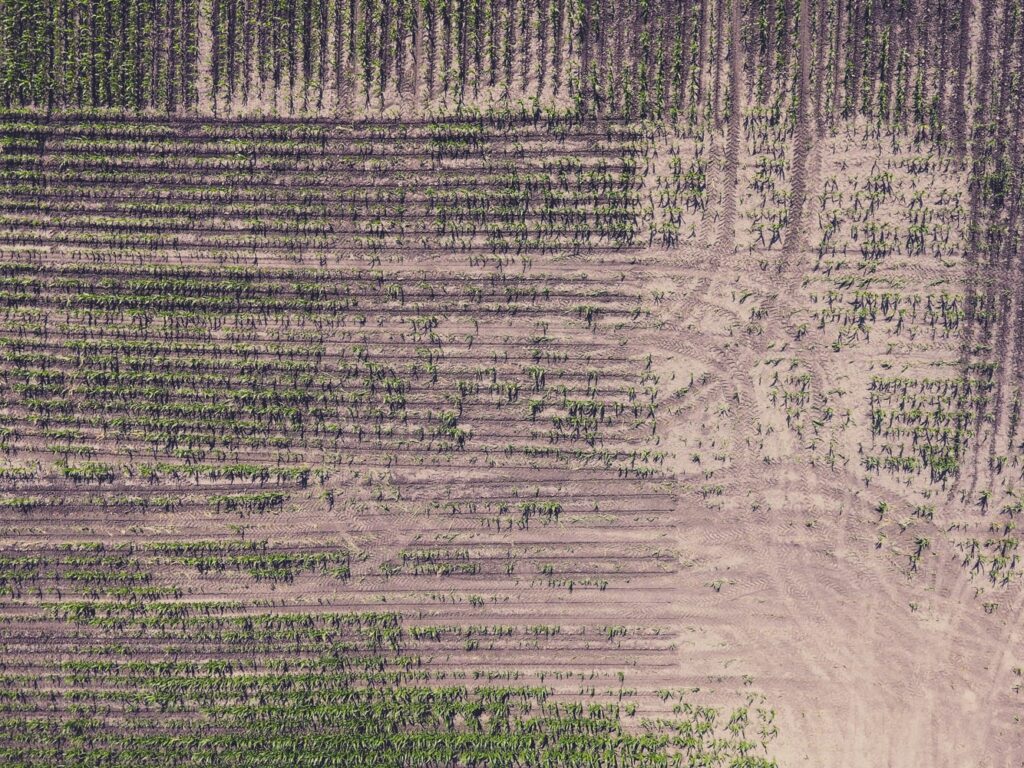Spring is truly the season of the American farmer, or rather it was. Climatologists are predicting a second wet spring for the coming March to May planting season. This wet spring phenomenon was first witnessed last year, and it is yet unknown whether this will become a major ecological trend. However, it can be gauged that this change in weather is related to the current climate crisis.
While corn is the primary crop that farmers sow during this season, it requires dry and sunny weather to grow. Without this weather, corn farmers can face huge amounts of loss. Last year farmers had claimed losses of up to $250 per acre of corn produced. With an oncoming second wet spring, they are once again anxious about how to carry forward their farming activities. Plans are being drawn up and experts from all over the country have suggested changes to the farming process. In all this noise, it can be difficult to find the best way forward.
We at Kelly Engineering believe in empowering the farming community through knowledge. With that in mind, here are some tips for making it through another wet spring without incurring heavy losses.
Don’t try to wait it out
It’s tempting to hold onto hope that another warm weather will prevail, but the fact is that if you’re planning to sit back and wait for the sun to show its face so that you can start planting corn again, you’re wasting your time. If anything has been learned from the last wet spring, it’s that the planting date won’t matter. The wet period is highly erratic, and the weather can change on a dime. So, even if it is sunny and warm for a period of time and you end up sowing your seeds, you’ll face a high risk of losing yield if the weather goes south. Rather, change your crops to ensure that they can withstand the effects of the wet period.
What to plant?
So, corn is out of the question. But does that mean you need to plant low-cost legumes and other leafy greens that you will probably end up selling at the farmer’s market? Not necessarily. The wet period is good for various types of beans, the primary one being soybean. If you prepare the seedbed right before the wet period not only will you find an early yield, you will also be able to increase your quantity of output. Even in the event that the wet period endures and negatively impacts the soybean yield, you will still be facing much fewer losses than with corn.
Seedbed preparation
You should be taking to ensure your seedbed quality is not ruined by the wet climate. The primary factor here is the depth of seed planting; somewhere between 2-4 inches planting depth is ideal for wet weather. A level seedbed for consistent planting depth is best constructed with shallow-working tillage systems, such as the Kelly Diamond Harrow. With a lightweight frame and shallow penetration, Kelly harrows are renowned for their efficient costs of operation and their ability to get out on the field earlier in the season than other ground-engaging tools.
Further precautions
- The month of May is projected to be wettest of the period. So, whatever planting operations you are planning to make sure that no harvesting period falls in May.
- As soon as you are done harvesting the crops an immediate planting of legumes is a great way to ensure that the post-wet period months will see the soil recover fertility.
- If you practice cover cropping or other conservationist practices, chances are you will be affected less by this wet period. If you’re not already, now may be a good time to start on ecological farming.
The climate crisis will likely continue to throw such erratic weather conditions at farmers in the future, so it’s a good idea to gear up for a tumultuous season. Hopefully these tips above can get you on the right track to secure yourself and mitigate yield losses.


